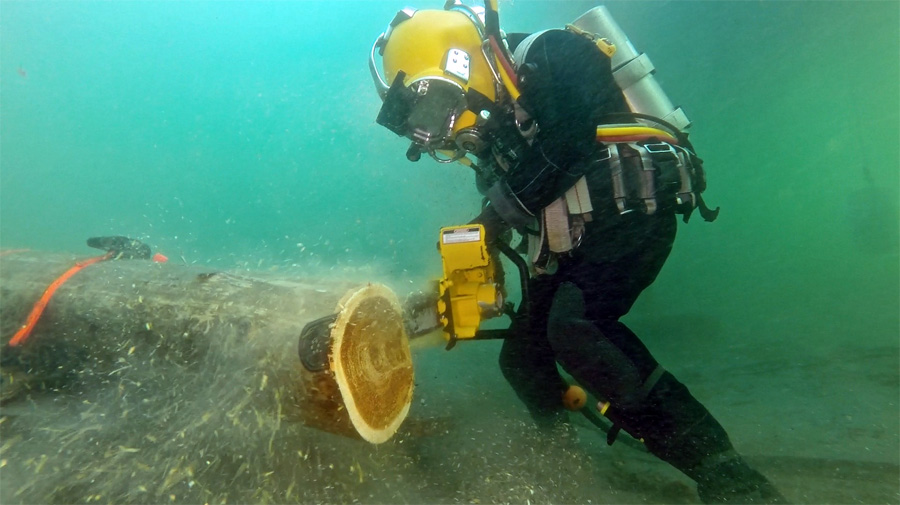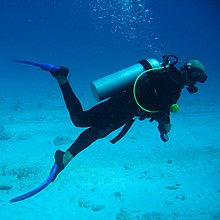
There are many kinds of gauges. There are three types of gauges available: Analog, Digital, and Pneumofathometer models. Choosing a gauge that fits your needs is essential for ensuring a safe dive. Also, calibrating your gauge is crucial for decompression safety, especially at high altitudes.
Analog gauges
Divers can use analog gauges to gauge dive. They are able to measure the depth of the water. You can use them to indicate the depth by turning a needle around a graduated scale. These gauges can either be worn on the wrist or integrated in the dive computer. While the analog gauges are more reliable than digital ones, they may not be as accurate. The advantage to using an analog gauge is that it will never run out batteries.
The gauge's front is simple to read. It offers numerical increments in depth of 10'-40', 20'-40', and 20'-150'. The gauge has a pressure indicator. The gauge displays pressures from 0 to 5500 psi. A red screen indicates reserve air, while the green screen shows main air.
Digital models
Divers desire to be able dive deeper and for longer periods of time, but a digital gauge doesn't allow them to do that. Temperature fluctuations can alter the pressure difference between your gauge and the surrounding water. A mechanical gauge can be safer than an electronics gadget. In addition to keeping track of your dive time and depth, the gauge will calculate your Nitrogen retention and help prevent decompression illness.

There are two types of digital gauge dive computers. The hose connection is a basic method that uses a hose. This hose connects the dive computer with the high-pressure port of the first stage. The wireless mode, on the other hand, uses an electronic transmitter attached to the first stage to communicate with the dive computer. This type is also available in console and wrist-mounted models.
Pneumofathometers
Pneumofathometers, which are used to gauge the depth to which air is being supplied to a diver, are devices that measure air pressure at the surface. These devices measure the air pressure near the surface and then display the depth in feet (or metres). These devices were previously mounted on the hand-cranked compressor that supplied air to standard diving suits. The air supply was a free-flow system with no backpressure.
A gauge should have a range between 130 and 160 percent of the maximum operating pressure for gauge diving. For systems that operate at 3,000psi or higher, a gauge with this range will suffice.
Submersible pressure gauges
A submersiblepressure gauge (SPG), allows divers to keep track and monitor their air pressure. It displays current depth and directions of diver movements. An SPG is typically attached to the regulator by a high-pressure line. This arrangement makes it easy for the diver to locate the gauge easily and prevents it from becoming lost. An SPG displays the air pressure remaining in pounds per square inch. This is useful for monitoring air supply when diving.
Scubapro offers an oil-filled analog depth gage with a Bourdon tub design. It can measure to depths of up to 200 feet. The console boot can also be attached to it with the C1 compass. This gauge is great for beginners as it is simple to use.

Compass
Easy to read compass is the best for gauge diving. It should be large enough for you to read underwater and with the correct markings. Look for a compass with a bezel with compass headings grouped in 30-degree increments and indicator marks every five degrees.
Side view windows are important for gauge diving. They allow the diver to see where the compass points. This allows the diver even in complete darkness to follow the course of the compass.